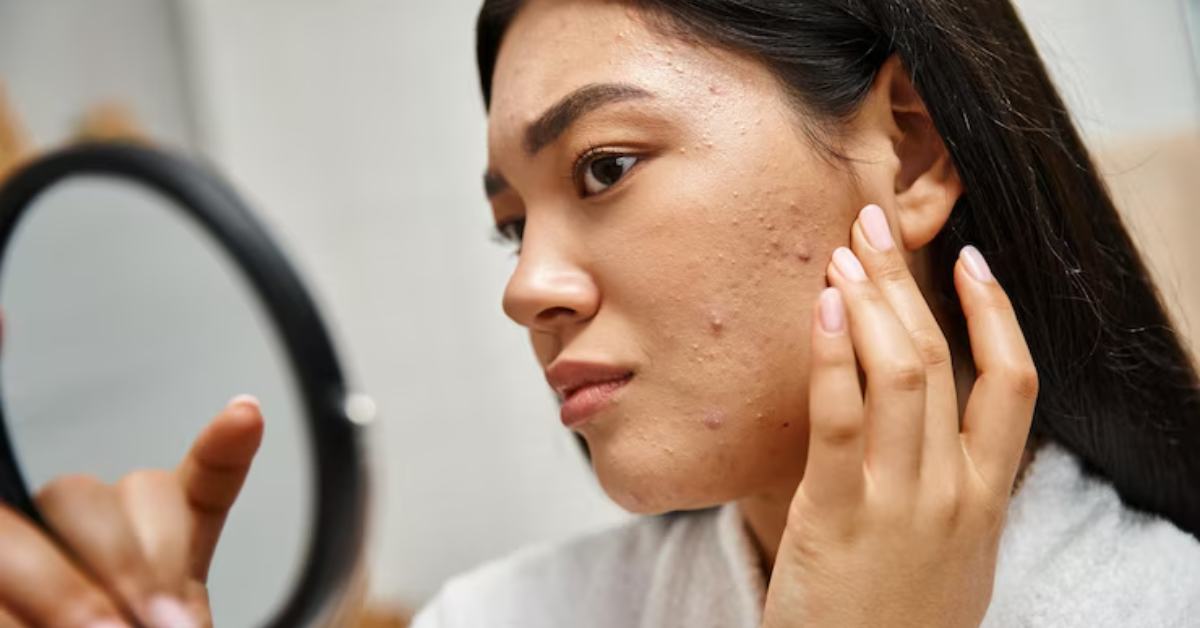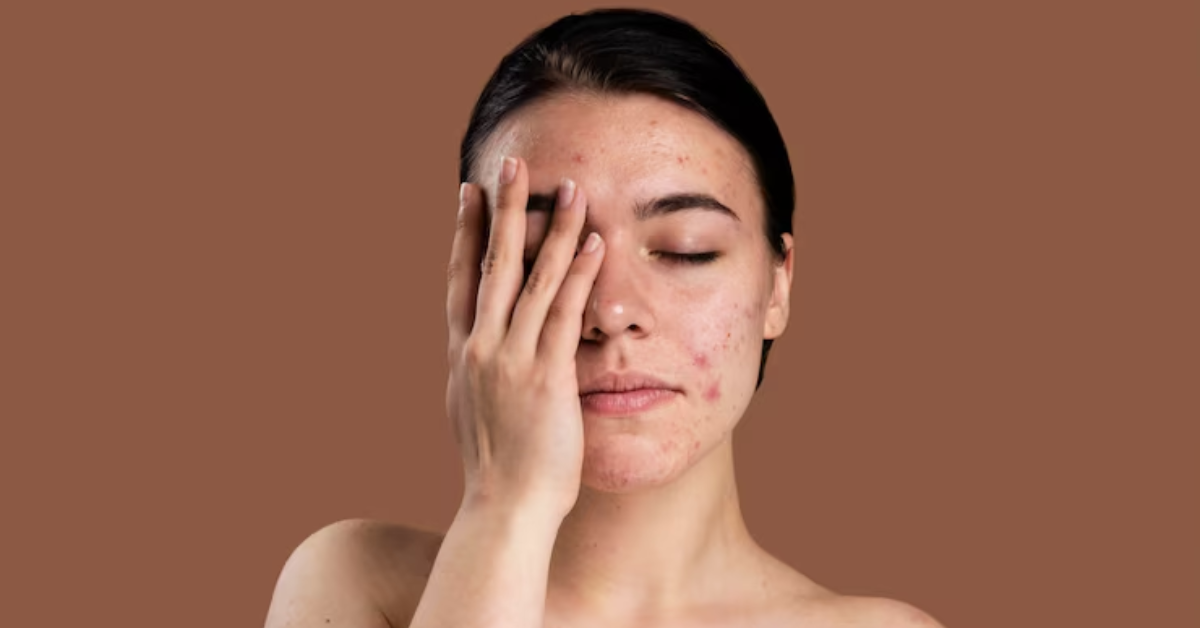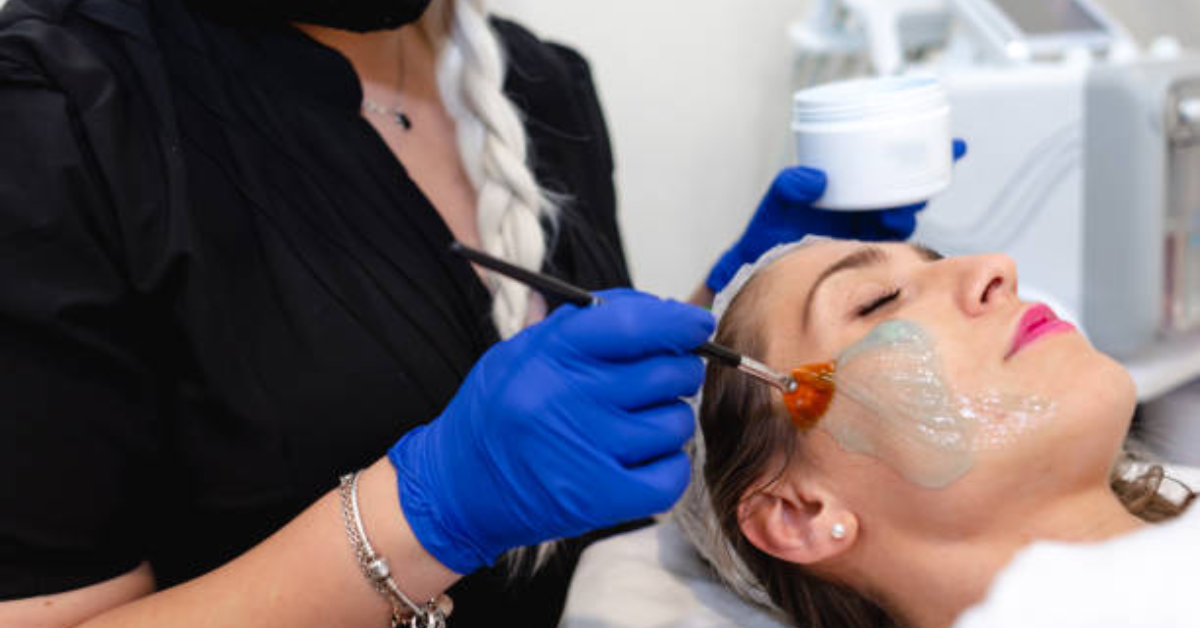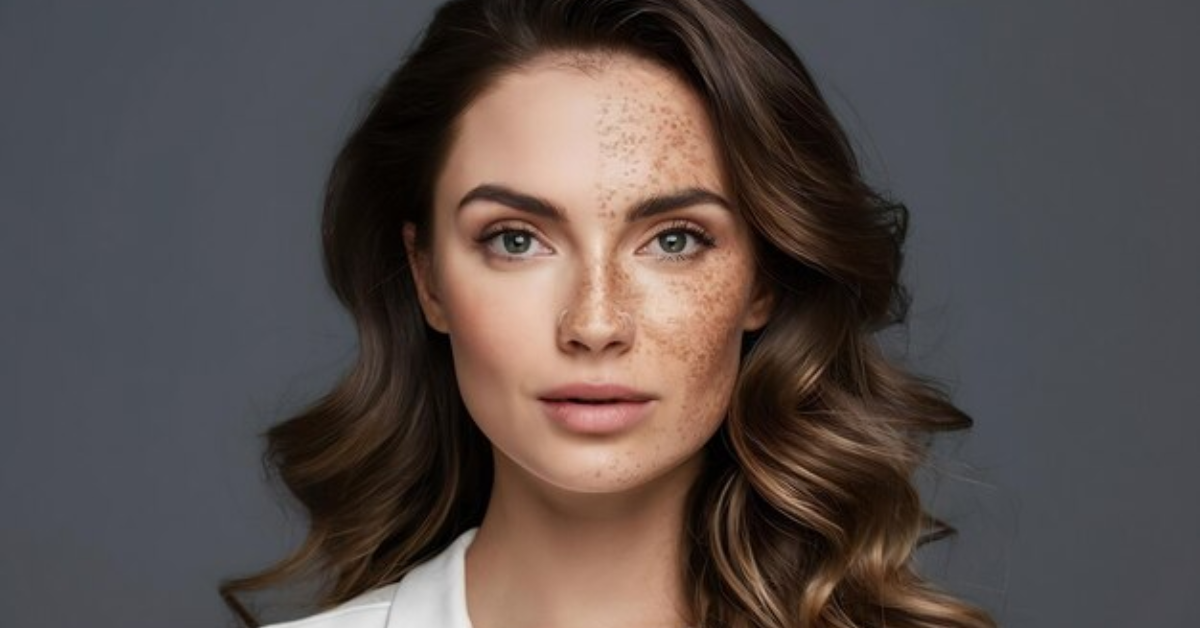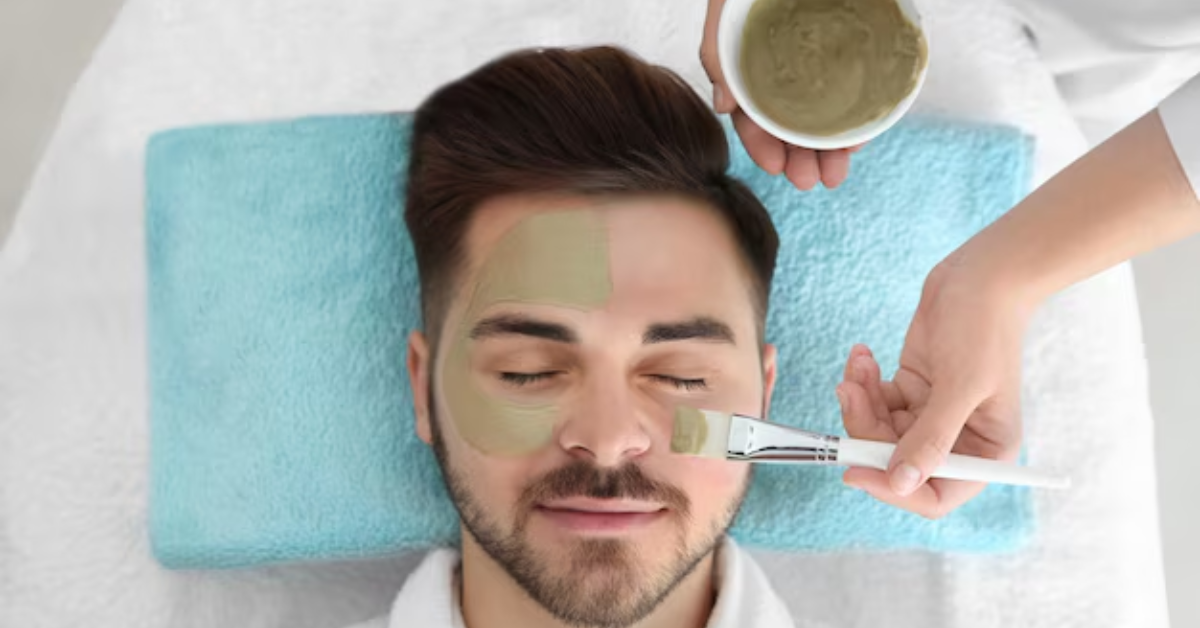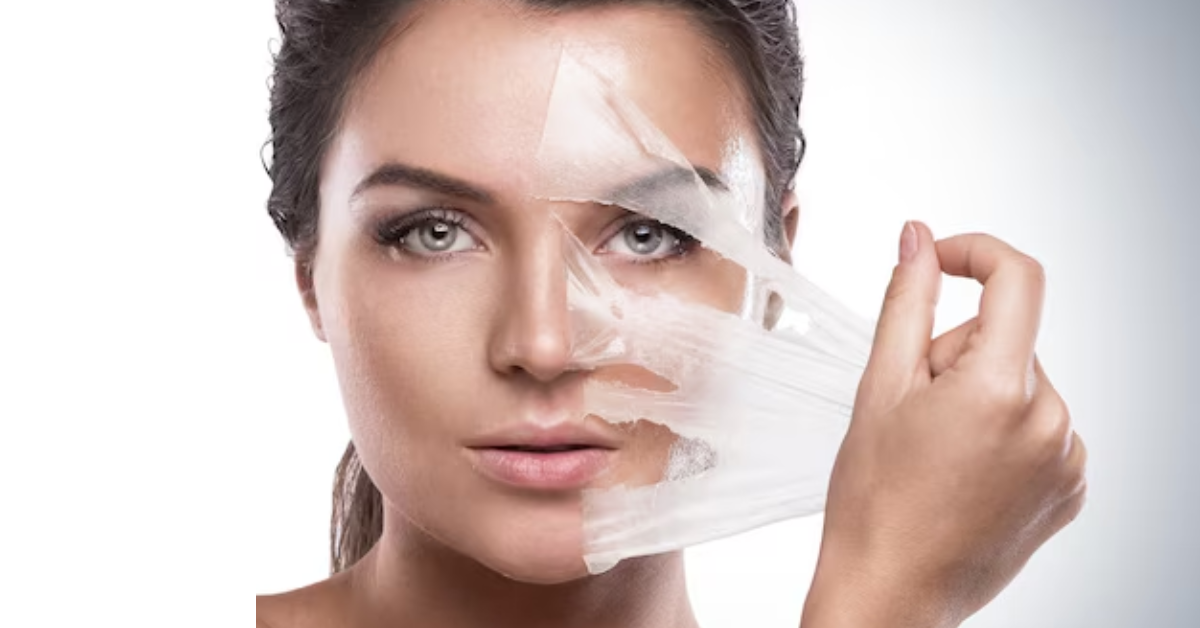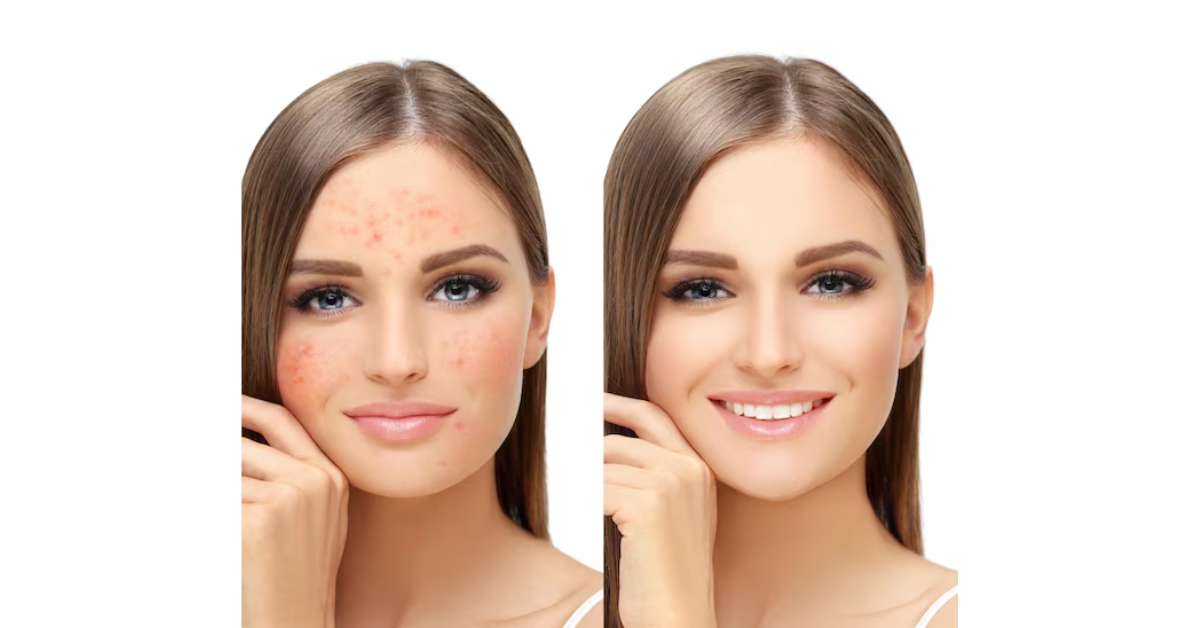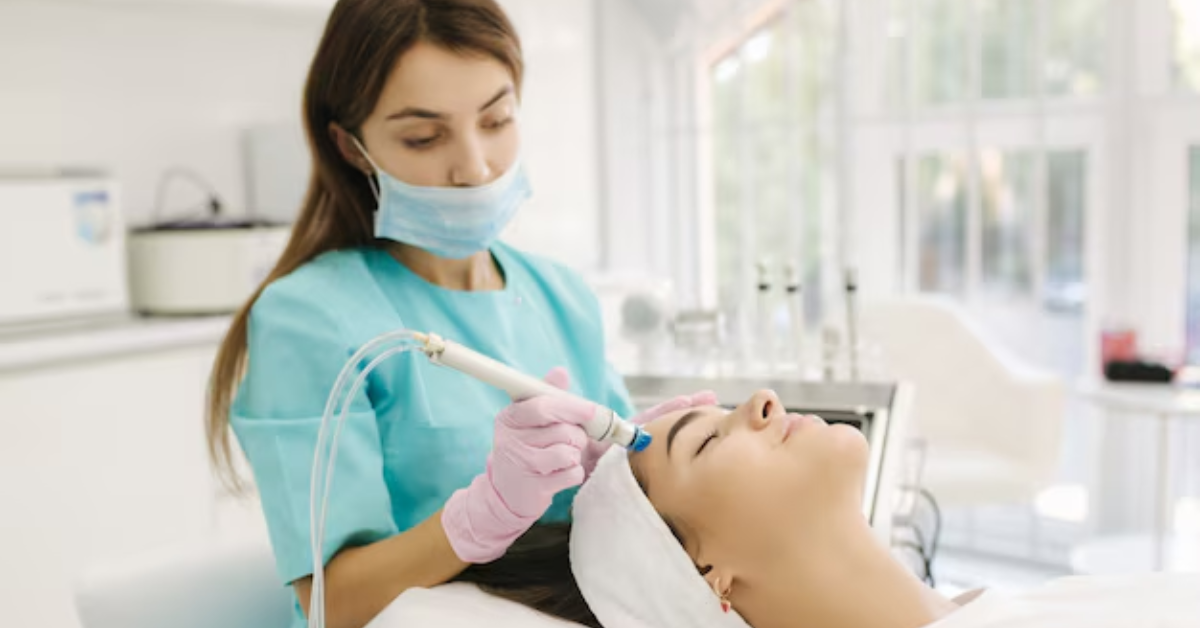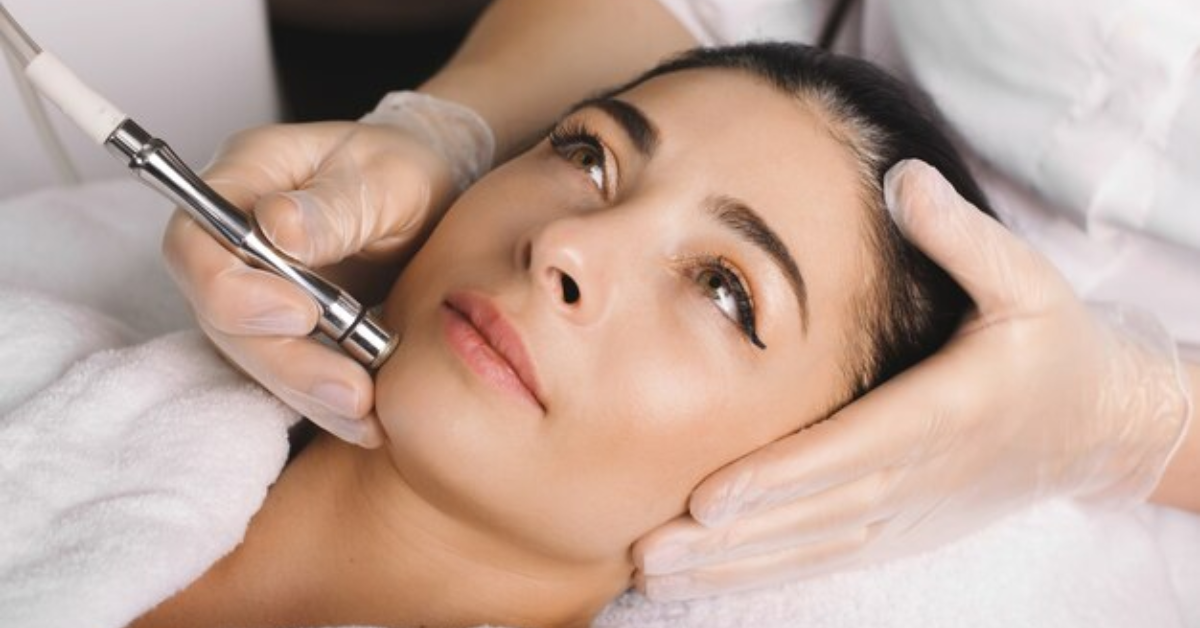What Is Anti Ageing Treatment?
In the quest for youthful, radiant skin, anti-aging treatments have become increasingly popular, catering to individuals seeking to preserve their natural beauty and combat the inevitable signs of aging. These treatments are meticulously designed to address and mitigate the visible effects of aging, such as wrinkles, fine lines, age spots, and sagging skin. With advancements in cosmetic science and technology, a plethora of options are now available, ranging from minimally invasive procedures to more intensive treatments.
This article delves into the fascinating world of anti-aging treatments, offering a comprehensive exploration of various methods, their unique benefits, and how they can effectively help you achieve a more youthful and revitalized appearance. Whether you're considering injectables, laser treatments, or skincare routines, understanding the full spectrum of anti-aging options can empower you to make informed decisions about your beauty regimen and overall skin health.
What Causes Skin Aging?
Aging is a natural process influenced by both intrinsic and extrinsic factors. Intrinsic aging refers to the genetic and biological factors that cause skin to age over time. Extrinsic aging is influenced by external factors such as sun exposure, pollution, and lifestyle choices. Together, these factors contribute to the visible signs of aging, including:
- Wrinkles and Fine Lines: Caused by the breakdown of collagen and elastin.
- Loss of Skin Elasticity: Due to decreased production of natural oils.
- Age Spots: Resulting from prolonged sun exposure.
- Thinning Skin: Caused by a reduction in the skin's fat layer.
The Role of Collagen and Elastin
Collagen and elastin are two essential proteins that maintain skin's firmness and elasticity. As we age, the production of these proteins decreases, leading to sagging skin and wrinkles. Anti-aging treatments often focus on stimulating the production of collagen and elastin to restore a youthful appearance.
Types of Anti-Aging Treatments
Topical Treatments
Retinoids: Retinoids are derivatives of vitamin A that are highly effective in treating signs of aging. They work by increasing cell turnover, promoting collagen production, and reducing the appearance of fine lines and wrinkles. Retinoids are available in both prescription and over-the-counter formulations.
Antioxidants: Antioxidants, such as vitamin C and E, help protect the skin from oxidative stress caused by free radicals. These free radicals accelerate the aging process by damaging skin cells. Topical antioxidants can improve skin texture, reduce age spots, and promote a brighter complexion.
Moisturizers with Hyaluronic Acid: Hyaluronic acid is a powerful humectant that attracts and retains moisture in the skin. Moisturizers containing hyaluronic acid can plump up the skin, reducing the appearance of fine lines and providing a hydrated, youthful glow.
In-Office Procedures
Chemical Peels: Chemical peels involve applying a solution to the skin that exfoliates the outer layer, revealing fresh, new skin underneath. This treatment can improve skin texture, reduce wrinkles, and even out skin tone. There are different types of chemical peels, ranging from mild to deep, depending on the desired results and downtime.
Microdermabrasion: Microdermabrasion is a non-invasive procedure that exfoliates the skin using fine crystals or a diamond-tipped wand. This treatment removes dead skin cells, stimulates collagen production, and improves overall skin texture and tone.
Laser Treatments: Laser treatments use focused light energy to target specific skin concerns. Fractional laser treatments create tiny wounds in the skin, stimulating collagen production and promoting healing. Ablative lasers remove the outer layers of skin to reduce deeper wrinkles and scars. Non-ablative lasers target deeper layers without damaging the surface, resulting in minimal downtime.
Injectable Treatments
Botox: Botox is a popular injectable treatment that temporarily relaxes facial muscles, reducing the appearance of wrinkles and fine lines. It is commonly used on the forehead, crow's feet, and frown lines. Botox results typically last for three to six months.
Dermal Fillers: Dermal fillers are injectable gels made from hyaluronic acid, calcium hydroxylapatite, or poly-L-lactic acid. They are used to fill in wrinkles, add volume to the cheeks and lips, and enhance facial contours. The results can last from six months to two years, depending on the type of filler used.
Platelet-Rich Plasma (PRP) Therapy: PRP therapy involves drawing a small amount of your blood, processing it to concentrate the platelets, and injecting the platelet-rich plasma back into the skin. This treatment stimulates collagen production, improves skin texture, and enhances overall skin rejuvenation.
Natural and Holistic Anti-Aging Approaches
- A balanced diet rich in vitamins, minerals, and antioxidants can support healthy skin. Foods like fruits, vegetables, nuts, and fish provide essential nutrients that promote skin health. Staying hydrated by drinking plenty of water is also crucial for maintaining skin elasticity and a youthful appearance.
- Exercise improves blood circulation, which helps deliver oxygen and nutrients to the skin. It also reduces stress, which can have a positive impact on skin health. Incorporating regular physical activity into your routine can contribute to a more youthful and vibrant complexion.
- Getting enough sleep is vital for overall health, including skin health. During sleep, the body repairs and regenerates skin cells. Aim for 7-9 hours of quality sleep each night to allow your skin to rejuvenate and maintain its youthful appearance.
- Protecting your skin from the sun's harmful UV rays is one of the most effective ways to prevent premature aging. Use a broad-spectrum sunscreen with an SPF of 30 or higher, wear protective clothing, and seek shade during peak sun hours to minimize sun damage.
Choosing the Right Anti-Aging Treatment
Before starting any anti-aging treatment, it is essential to consult with a dermatologist. A dermatologist can assess your skin's condition, discuss your goals, and recommend the most suitable treatments for your needs. They can also provide guidance on how to combine different treatments for optimal results.
Different skin types and concerns require tailored approaches to anti-aging treatments. For example, individuals with sensitive skin may need gentler treatments, while those with oily skin may benefit from treatments that control excess oil production. Understanding your skin type and concerns can help you choose the most effective anti-aging regimen.
Anti-aging treatments vary in cost and downtime. Some treatments, like topical products, are more affordable and have minimal downtime, while others, like laser treatments, may be more expensive and require recovery time. Consider your budget and lifestyle when selecting anti-aging treatments.
Conclusion
Anti-aging treatments offer a range of options to combat the visible signs of aging and achieve a more youthful appearance. From topical treatments and in-office procedures to natural approaches, there are solutions to suit every skin type and concern. By understanding the aging process and choosing the right treatments, you can maintain healthy, radiant skin for years to come.

